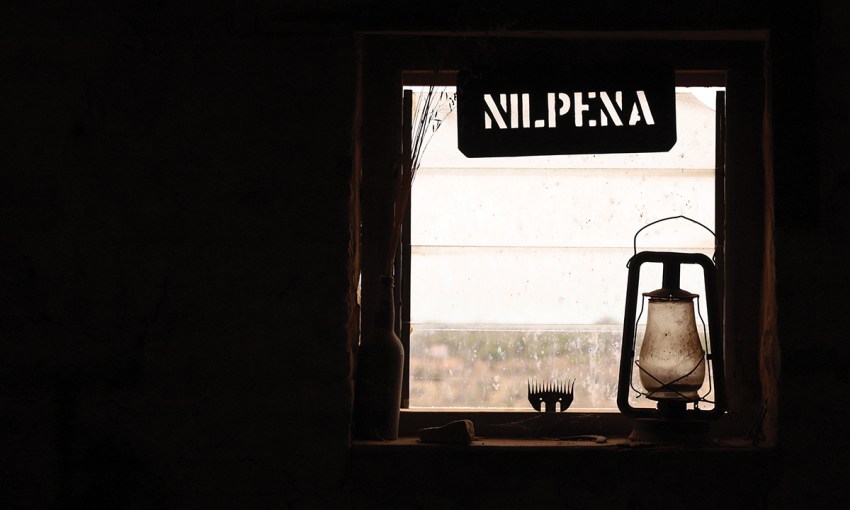The Nilpena Ediacara National Park, deep in the Flinders Ranges, is so unique that it provides clues to the beginnings of life on earth. One local couple is leading the effort to have it recognised with World Heritage status.
Set in stone: Nilpena Ediacara National Park
Behind the wheel of an enormous all-terrain vehicle, his trademark sweat-stained Akubra wedged firmly atop his head, Parachilna pastoralist-turned-tour-guide Ross Fargher is in his element.
As the vehicle bumps its way over the rocky ground of Nilpena Ediacara National Park, 20 heads, among them rangers, tourism operators and local Indigenous leaders, crane to see out of the window into the arid landscape, keenly anticipating an afternoon among Nilpena’s ancient fossil beds.

This is their first look at South Australia’s newest national park, which performs a double service: delivering a unique and specialised visitor experience while also acting as guardian and protector for what lies within.
Once only viewed through glass in museums, Nilpena Ediacara is a veritable outdoor museum. The distinctive imprints of Spriggina and Dickinsonia fossils can be seen as they have lain in the sandstone for millions of years, their history unearthed for visitors to explore.
“Mind blowing” is how Cecilia Woolford, Chair of the Community Reference Group (CRG), describes the site. “There are just beds and beds of it. That’s what makes this site so unique.”
“We can show a chronological timeline of the dawn of animal life. That’s quite a statement.”
Although the story of the Ediacaran fossils began around 560 million years ago, the next four years will play a major role in their long-term future preservation.
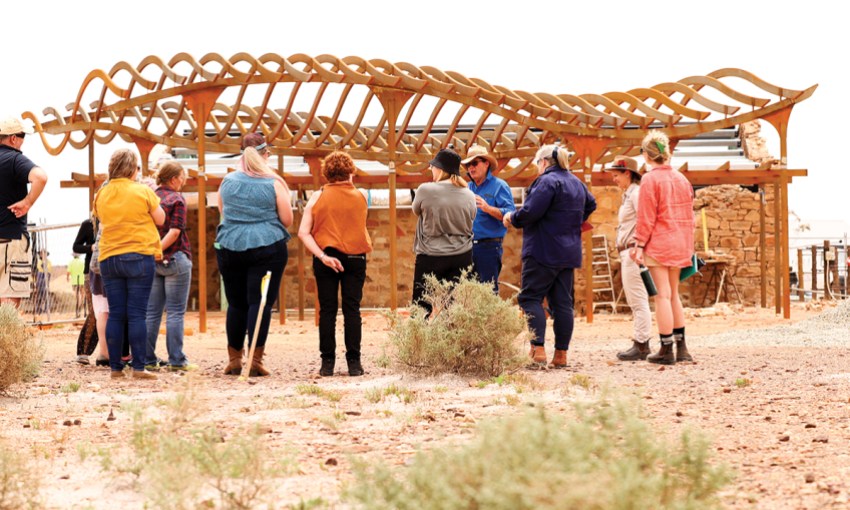
Nilpena is one of seven sites across the Flinders Ranges driving a bid for World Heritage status, a prestigious environmental honour for sites across the world that can demonstrate outstanding natural or cultural value through an exacting set of criteria.
Since the adoption of the convention in 1972, Uluru, Kakadu and South Australia’s Naracoorte Caves are among just 20 sites in Australia to have made the grade.
The process to become World Heritage listed is lengthy and often daunting, explains Cecilia, with the bar set high from the outset.
“It’s so rigorous and complex,” she says. “Each site has to have its own management, conservation and risk plans. The whole process is step by step, right down to the font size of the dossier.”
It will be 2024 before United Nations Educational, Scientific and Cultural Organisation (UNESCO) makes the outcome of the bid known. To ensure the bid has the best possible chance, a small army of people in various roles are working away to get it right.
Demonstrating community support is key for the bid to succeed, so the job of the 25-member strong CRG is to demystify the bid process for all concerned.
To an average landholder who has simply inherited ancient fossil sites along with their property, the prospect of a world spotlight is intimidating.
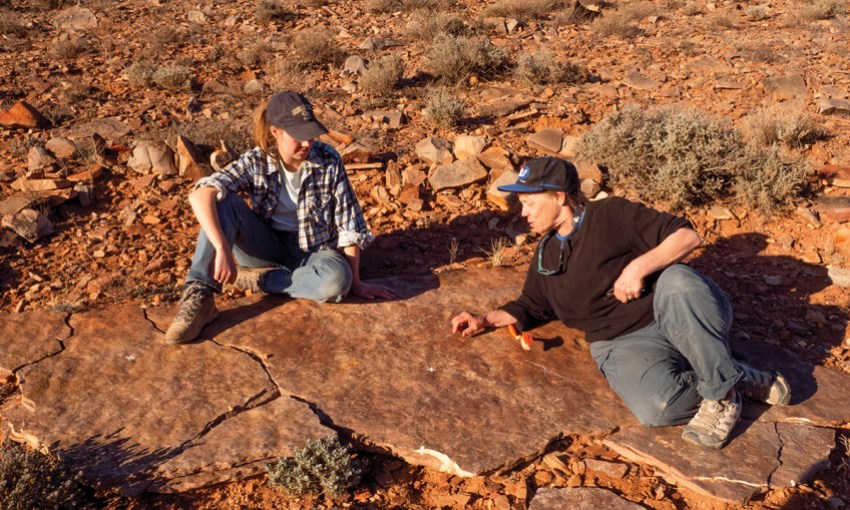
Hailing from Kimba, with her signature fiery red locks and can-do attitude, Cecilia deftly and honestly handles the questions that fly thick and fast about what the bid – if successful – will mean for the sites themselves and the wider Flinders Ranges region.
With world attention comes much-needed funding and tourism infrastructure. More importantly, it will mean protection and preservation for what is a special place for so many people.
Should the bid succeed, it will be “grins everywhere” Cecilia says.
“It will verify the pride that people have in the Flinders Ranges. It’s an amazing landscape and it holds a very special place in people’s hearts, and it deserves respect. In 2024, we’ll know.”
The prospect of World Heritage listing came to Jane and Ross Fargher not long after they moved to Nilpena Pastoral Station in the early 1980s.
As they pondered the pile of complex application forms given to them by family friends Pam and Dr Geoffrey Hasenohr, the question foremost in their minds was “What will this mean for our property”?
Pam, who was studying the Ediacaran fossils at Adelaide University, knew how special Nilpena was upon discovering distinctive ripple rocks of the ancient sea floor utilised as flooring on the property’s woolshed.
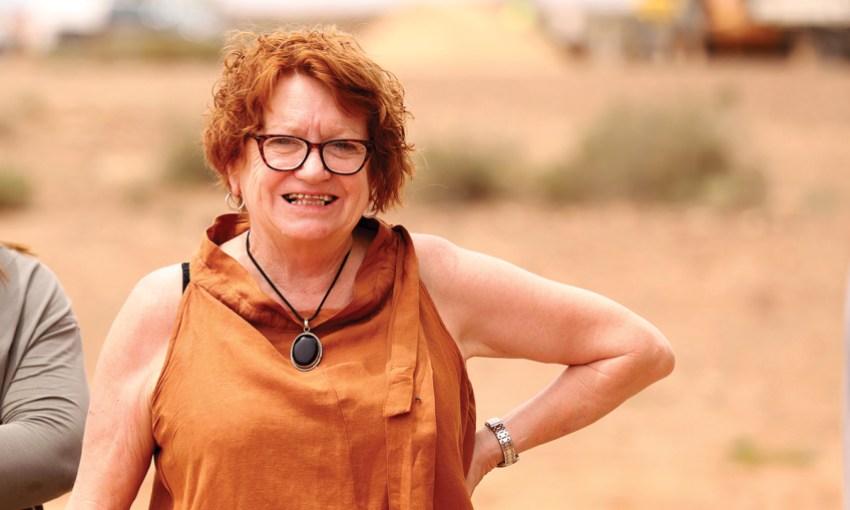
Not far away, Pam and Ross discovered perfectly intact Spriggina and Aspidella fossils, at a site that would later be placed on Australia’s National Heritage List for its quality.
However, the application process for World Heritage listing was both daunting and confusing to the Parachilna couple, who simply wanted to preserve and protect the fossils they knew were located over the original 87,300 hectares of their farmland.
Regretfully, the forms were binned.
“We’d not been on the property long and we were frightened of it,” Ross explains. “In those early days, listing was about being totally pristine and nothing else could happen within a listed area.”
The Farghers knew they had inherited fossils on the property as geologist Reginald Sprigg had discovered them in 1946, while looking for minerals.
Later named the Ediacara Fossil Reserve, the location was unfortunately publicly declared on maps and, with no ability to limit access, it gained unwanted attention from souvenir hunters and tourists.
As the decades passed and with growing interest in the multiple sites on their enormous property, the Farghers had to watch Nilpena’s fossils disappearing out their front gate.
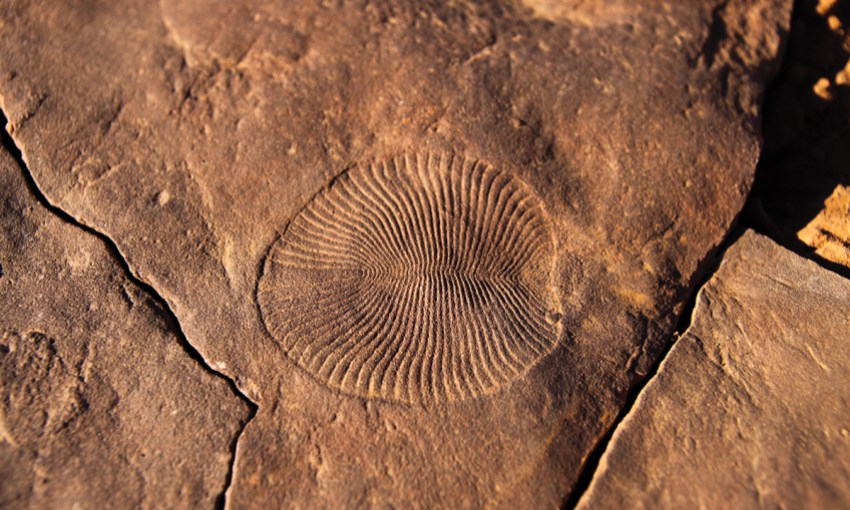
Years before on-site preservation techniques were developed, keen researchers and scientists had visited the Parachilna property, picking up entire sections of rock and taking them back to museums or labs to study.
“They’d walk along the side of the hill, pick up specimens, put them in their backpack and take them back to their car,” Ross says. “The backside of the Subaru would literally be dragging on the ground.”
Worried the fossils would be stripped out of the ground, Ross and Jane turned to experts they knew and trusted.
Enter Professor Mary Droser from the University of California and Dr Jim Gehling, an SA Museum palaeontologist, who began travelling to the site with their teams in the 1990s to study the Ediacaran fossils by serial excavation.
Peeling back the layers of seafloor “piece by piece” to reveal the fossils preserved as imprints on sandstone, Dr Gehling says the process provided a snapshot in time of the soft-bodied creatures, how they moved, how they fed and how they interacted.
“Nilpena had unrivalled potential to do things differently and you learn about 10 times more just by seeing them in context,” he says.
“They are clearly individual creatures capable of moving and interacting with their environment. Before that, there was just microbes.”
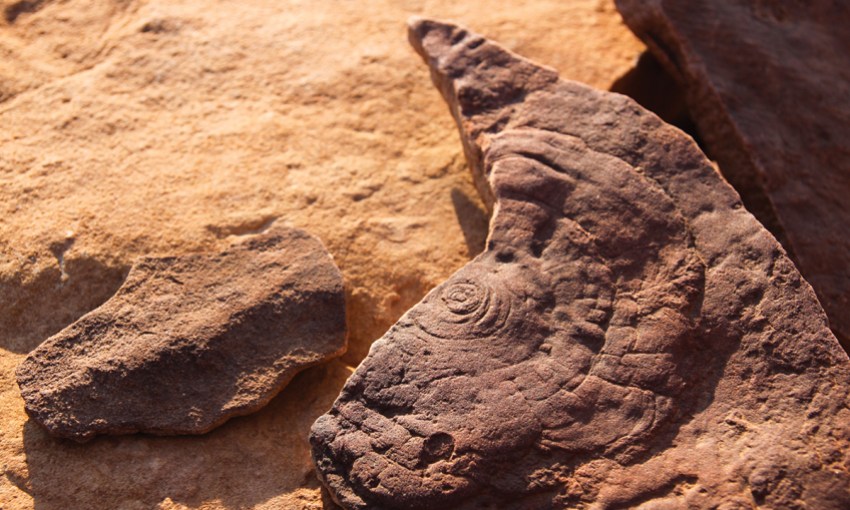
Nilpena and the wider sites around Parachilna are considered so unique and important to our understanding of the origins of life on Earth that a new geological period was declared in 2004 – the first in 120 years.
The Ediacaran Era, sandwiched neatly between the Cryogenian and Cambrian eras, spans 630 to 542 million years ago.
Speaking from her home in California, Professor Droser’s passion to cement Nilpena’s place in the Ediacaran story is evident.
“There are just a handful of localities in the world where we get the advent and the dawn of animal life,” she says. “The Flinders Ranges is one of those localities and Nilpena is part of that larger story.
“It is one of the greatest fossil localities of any age. A huge number of firsts are revealed at Nilpena – it’s an incredible window into the life of early animals,” she says.
Mary has been bringing her children Ian and Emily, now both adults, along on her Nilpena research trips at least once a year for their entire lives. Her frequent flyer miles are set to increase once more, in her role as one of three co-leaders in the World Heritage nomination.
The Ediacara Biota of South Australia is considered so significant, it’s even been taught in the California State School system, leading to a pinch-me moment for Mary.
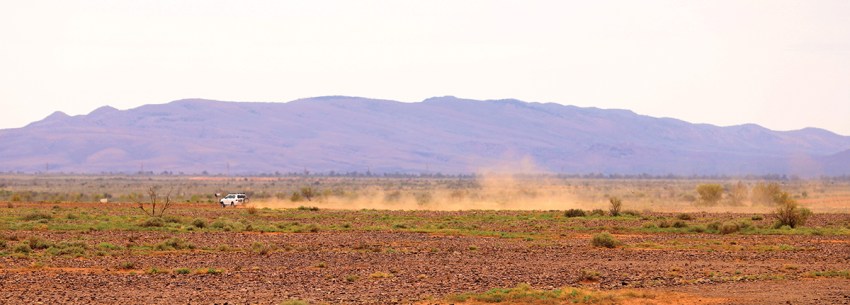
“My kids were in middle school and they came home and said, ‘Hey Mum, we’re learning about Reg Sprigg and the Ediacara Biota in the Flinders Ranges’,” she says.
“It was definitely a cool mum moment.”
Due to be officially opened to the public later in 2022, a buzz of activity is going on behind the scenes at the Nilpena Ediacara National Park.
Meticulous preparations have gone into the transplanting of an eight-metre long complete fossil section, known as “Alice’s Restaurant Bed”, from its home into the Nilpena Blacksmith Shop, now home to a $3 million interpretative centre at the heart of the park.
Nicknamed after an Arlo Guthrie song, the lyrics declare “You can get anything you want at Alice’s Restaurant” – a fitting title for the fossil that holds so many geological treasures.
Part of the centre’s extensive audio-visual experience, it will be a vital storytelling element for visitors new to the Ediacaran story.
A short drive down the road, in the front bar of Parachilna’s famous Prairie Hotel – which the Farghers have run since 1991 – it would be easy to mistake Ross for a palaeontologist, rather than an outback publican-slash-cattleman.
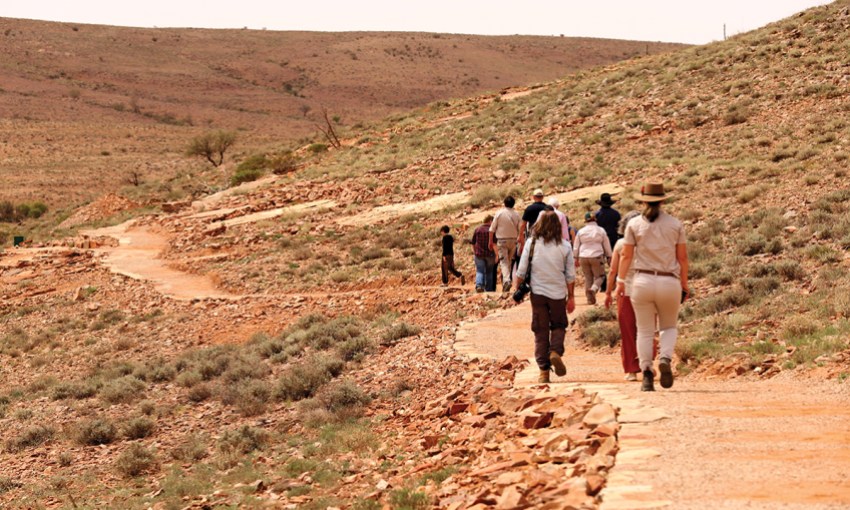
Expertly rattling off fossil names such as Dickinsonia and Spriginna and gently educating the writer in the correct way to pronounce Ediacara (Eedy-ack-ara), Ross and Jane have come a long way from those early days of confusion around World Heritage listing.
“The time is right,” Ross says. “Nowadays, the listing has to coexist with the function of the property. Farmland stays farmland.”
“We’re excited to be part of it all,” adds Jane. “The amount of work and the attention to detail is just incredible. Globally, it’s huge.”
In 2017, the couple travelled to Seattle for Ross to be awarded the Harrell L Strimple Award, in recognition of outstanding achievement by an amateur palaeontologist.
Humbled, Ross scribbled his acceptance speech on the back of his beer mat.
The same trip, Jane got her own surprise from Professor Droser, who handed her a 60th birthday card with a smile.
Inside was a photograph of the newly named fossil: Attenborites janeae.
Jane was to share naming privileges with renowned environmentalist Sir David Attenborough, who visited Nilpena for his 2010 documentary series First Life, later naming the Flinders Ranges as “one of his favourite places on earth”.
“On reflection, you think, what an amazing gift,” she says. “What’s 60 years when you’re in the company of a 550-million-year-old fossil?”
This article first appeared in the June 2022 issue of SALIFE magazine.



